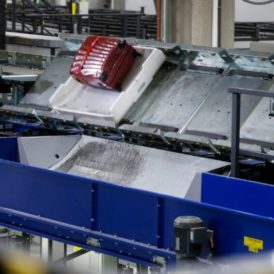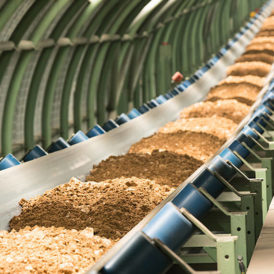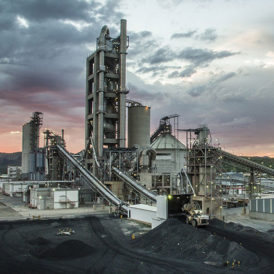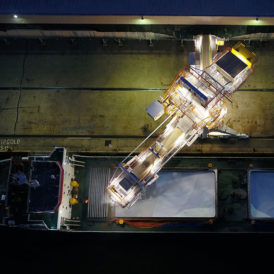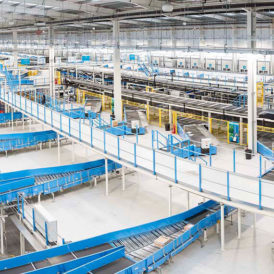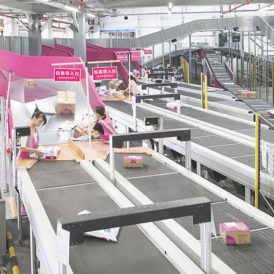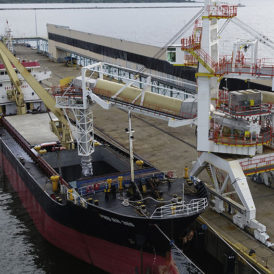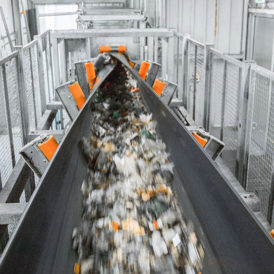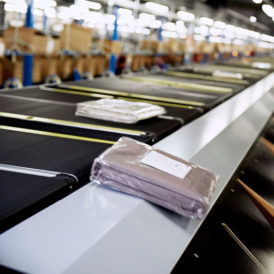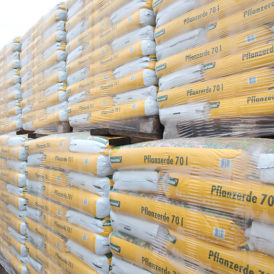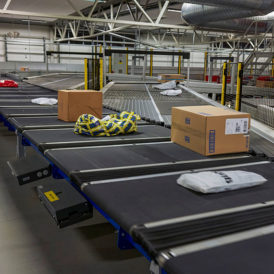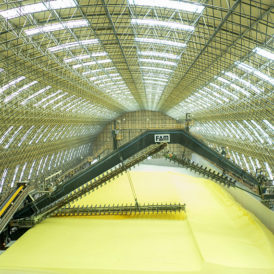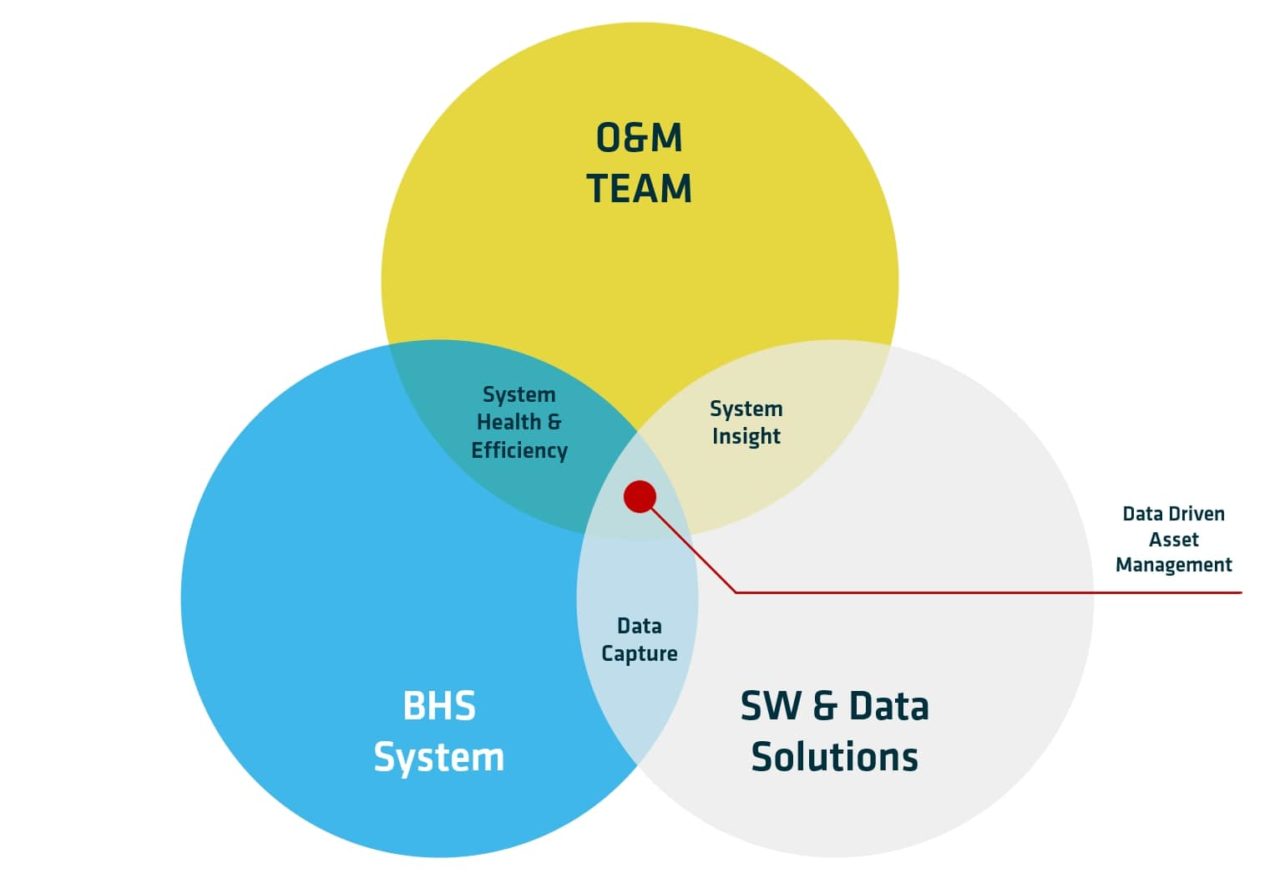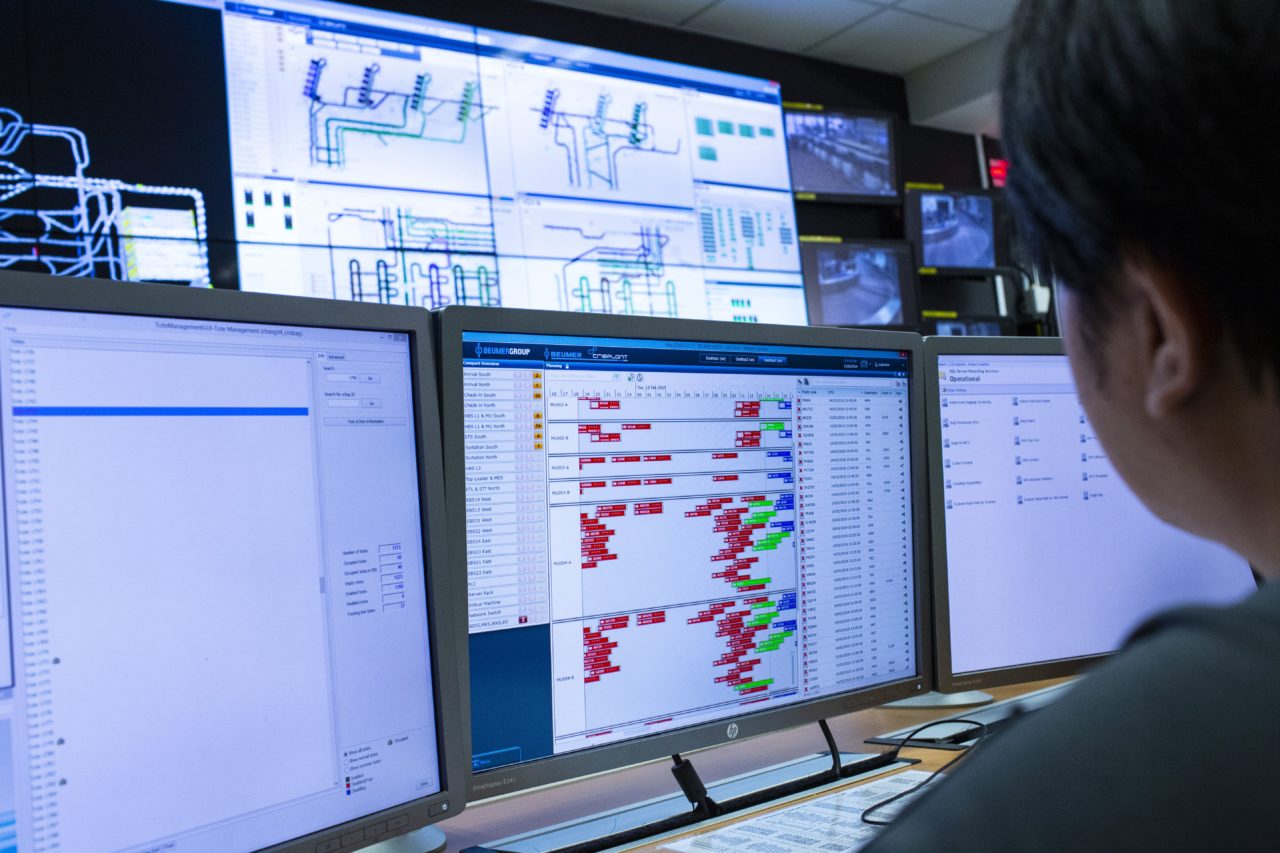By Kim Madsen and Per Engelbrechtsen
The situation revealed how difficult it can be for airports when dealing with more than one supplier in complex and challenging circumstances. What are the advantages of working with one supplier for both your baggage handling system (BHS) and its High Level Controls (HLC)?
The possibilities in choosing suppliers
Every BHS is composed of two components: the mechanical BHS itself and its software. For the airport, this gives rise to the question as to whether to look at the system as a whole and engage a single supplier of both the BHS and the HLC or engage separate suppliers to deliver different supply packages. There’s some misunderstanding in the sector that a BHS project is less complicated if there are separate suppliers.
For some airport projects – particularly where conveyor-based baggage handling systems are to be deployed – tenders for baggage handling solutions are issued in packages, one for the mechanical system, one for the HLC and one for hotline support and so on.
But for other performance-driven airports, the demand is that their supplier scope the best possible system that can deliver a specified performance over a specified number of years, including possible upgrades. The result being that they choose one supplier that can meet the required performance.
The advantages of a single supplier
There are a number of advantages of having the same supplier for both the BHS and the HLC.
No alignment of interfaces are needed
Firstly, the overall system is simplified because there is no need for an interface between the two views of the BHS and the HLC. Interfaces add a level of complexity in themselves but operations using a single supplier can remove this obstacle.
Just one point of contact
Secondly, a single supplier results in a single point of contact. This means the airport will not have the additional burden of figuring out who is responsible for resolving issues when they arise.
When there is more than one supplier, software questions will always be a matter of coordination between the suppliers. These scenarios can be to the detriment of the airport, because they often result in a lack of synergy and add additional investigations in a time-critical scenario to determine the root cause between the two suppliers who are less incentivised to help the other.
Access to up-to-date technology
One of the greatest advantages of having the same supplier for both the BHS and its controls is that the airport will always have access to the ongoing developments the supplier makes to its technology.
While a typical BHS is designed to last 20-30 years, HLC systems have cycles that require upgrades more often to fulfil requirements for cybersecurity and hardware availability. The airport has to cope with a great deal of legacy when upgrading its software so it’s important to have a partner who knows how to deal with it.
In addition to the HLC and quality/cybersecurity, it is important to look for a certified supplier that is ISO 9001, ISO 27001, IEC 62-443 or CMMI-certified.
Chances for greater optimisation
A single supplier is able to optimise the system in different ways than if two suppliers are involved. As the system designer, the single supplier knows exactly how to utilise the system to its greatest efficiency and with reduced OPEX.
The BHS software, controls and 24/7 hotline are very specialised and it makes sense that the supplier of the BHS is the same supplier of the HLC that supports it. And no supplier knows the system (both its mechanical and software components) better than the one who designed it.
This not only gives the airport a competitive edge but means less costs are spent engaging two organisations.
The full-service supplier and the role of data analytics
Data analytics tools are now playing a vital role in optimising and providing greater visibility into baggage handling operations.
Airports can achieve higher levels of data to drive more efficiency with a full-service supplier simply because the data lies within that supplier’s IPR sphere. A single supplier not only can see the entire scope of an issue that arises, it also has an organisation with a range of experts who will interact for the betterment of the airport.
The system experts have access to excessive data and are able to compare it with similar systems in the industry to uncover the possibilities for performance optimisation. This type of in-depth data analytics from someone who knows many baggage handling systems and has a higher-level perspective can really benefit the airport.
